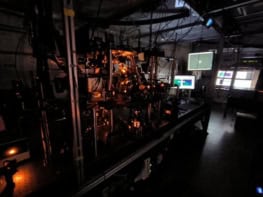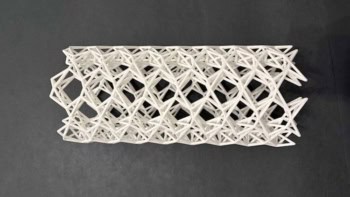Physics World Online Lecture Series

Mechanical engineer David Hu presents a series of experiments demonstrating the water-repellent adaptations of a range of animals, from insects to mammals. These adaptations are necessary for survival in rain and other wet environments. During flash floods, fire ants weave hydrophobic rafts with their own bodies in order to keep their colonies dry. Hu discusses their method of self-assembly and presents a model that predicts their construction rate. To survive raindrop impacts, flying insects take advantage of their low mass, which prevents drops from splashing on them. The resulting impact force on flying mosquitoes is 100–300 gravities, quite possibly the largest in the natural world. If an animal is large, active mechanisms must be employed to shed water. Mammals of all sizes can shake off 70% of the water on their bodies in fractions of a second. Hu shows that wet mammals shake at tuned frequencies to dry and presents a scaling law relating animal size and these frequencies. Hu demonstrates the basics of modelling and experimentation with surface-tension phenomena.
Date: Thursday 8 November 2012
Speaker: Dr David Hu, assistant professor of mechanical engineering and biology, Georgia Institute of Technology
Dr Hu is a mechanical engineer who studies the locomotion of animals. He is particularly interested in how animals use specialized surfaces such as water-repellent fur and snakeskin. He has studied how snakes slither, how insects walk on water and how small insects fly in the rain.
Moderator: Dr Louise Mayor, features editor, Physics World



